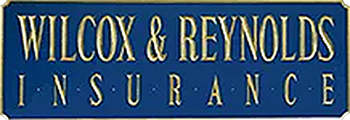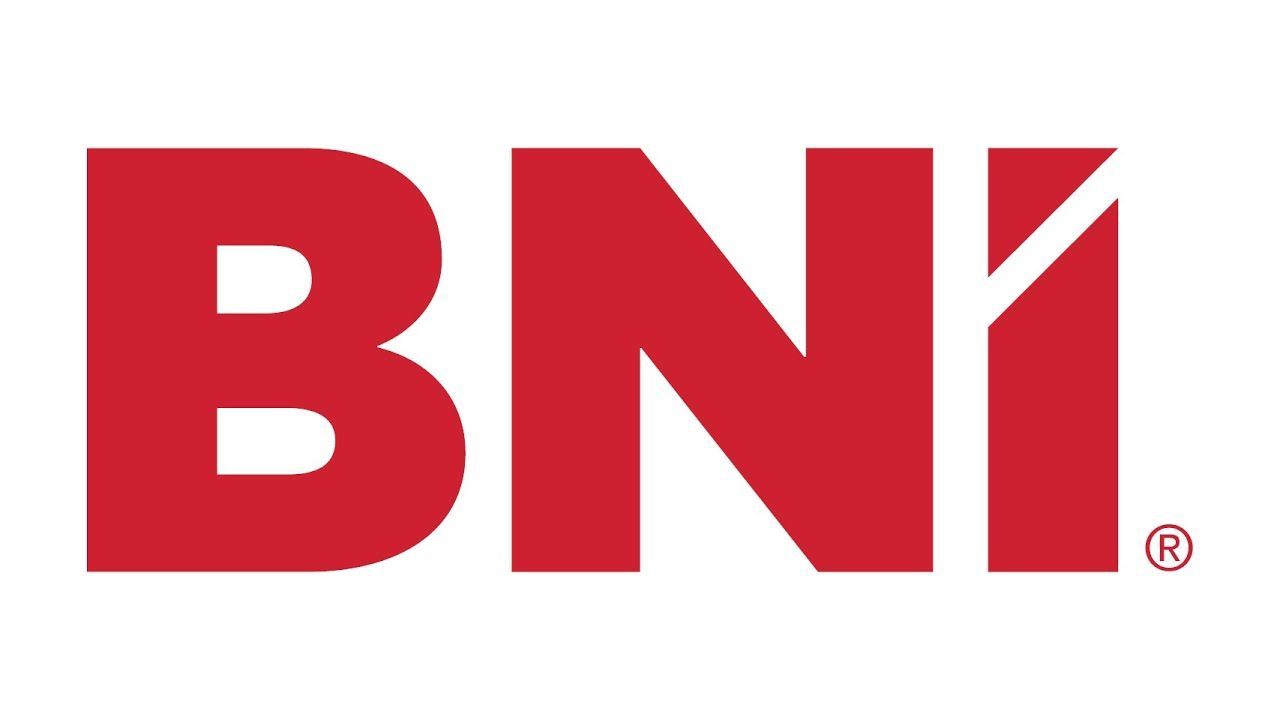October 23, 2025
Homeownership brings both joy and responsibility, and one of the most critical responsibilities is ensuring your home is properly insured. Insurance protects not only the structure but also the people, belongings, and financial future tied to your property. Yet, for many policyholders, navigating the details of insurance policies can be confusing. According to MoneyGeek, 93% of homeowners have insurance coverage, but that doesn’t mean they fully understand how it works. That’s why homeowners' insurance companies often field the same important questions repeatedly. By addressing these questions directly, homeowners gain the clarity they need to make confident decisions about their coverage.
What Does Homeowners Insurance Typically Cover?
One of the first questions policyholders ask their
homeowners insurance company is about what their policy actually covers. At its core, homeowners' insurance protects your home’s structure, including walls, roofing, and attached components like garages or decks, against risks such as fire, hail, or wind damage. However, not all natural disasters are covered—earthquakes and floods usually require separate policies.
Digging deeper, structural coverage is crucial because it ensures the home’s physical foundation and integrity are financially protected. Without adequate coverage, families may face major out-of-pocket expenses if a disaster occurs. Keeping policies aligned with current construction costs is vital since rebuilding expenses often rise. It’s also important to note that policies list exclusions and limits. Standard wear and tear or neglect is not covered, and certain endorsements may need to be purchased for full protection. Asking your insurer to explain these details keeps you better prepared for unexpected events.
How Does Personal Property Coverage Work?
Another frequent topic brought to a homeowners' insurance company concerns personal property coverage. This portion of a policy protects belongings like electronics, furniture, and clothing if they’re stolen or damaged. In many cases, coverage also extends outside the home, offering added peace of mind for students away at school or family members traveling.
Still, standard limits often apply, especially for high-value possessions like fine art or jewelry. In such cases, scheduling those items with a specific endorsement ensures they are properly valued and covered. Maintaining an updated inventory of your possessions is critical. Documenting with receipts and photos not only helps determine the right coverage amount but also makes claims processing smoother if loss occurs. Periodic updates reflect new purchases or changes in value, giving you a current safety net.
How Does Liability Protection Keep You Covered?
Questions about liability coverage are also common when speaking with a homeowners' insurance company. Liability protection safeguards you if you’re found responsible for injury or property damage to others. This can extend beyond your property, protecting you worldwide.
In our experience, standard policies often include $100,000 in liability protection, but many experts recommend higher amounts depending on your assets and lifestyle. For those with greater exposure, an umbrella policy offers broader protection beyond standard limits. More than just financial protection, liability coverage brings peace of mind. Lawsuits and medical bills can quickly become overwhelming, and understanding your policy ensures you are prepared. Reviewing liability coverage regularly helps ensure it continues to align with your changing needs.
What Are Additional Living Expenses?
Another area of confusion involves Additional Living Expenses (ALE), sometimes called “loss of use.” Homeowners insurance companies explain that ALE covers costs when your home is uninhabitable due to a covered event. This includes hotel bills, temporary rentals, or even additional food costs if you cannot cook at home.
Policies often cap ALE at a percentage of the dwelling coverage, so knowing the limits ahead of time is essential. This coverage can make the difference between a manageable disruption and a financial crisis. While ALE doesn’t apply in every situation, reviewing your policy ensures you understand what qualifies as a covered event and how long benefits last.
What Exclusions And Limitations Should You Know?
Every insurance policy contains exclusions, and homeowners' insurance companies are often asked to clarify these details. Floods, earthquakes, and intentional damage are generally excluded, requiring separate or supplemental policies. Limitations also play a role, particularly on personal property replacement or liability claims. These caps can affect the reimbursement amount.
Reviewing those caps with your agent helps avoid unpleasant surprises. Understanding exclusions helps homeowners make informed decisions, whether that means purchasing additional policies or accepting certain risks. Regularly reviewing these details ensures your policy evolves with your needs.
How Are Premiums Calculated?
Many policyholders ask their homeowners' insurance company how premiums are determined. The answer lies in a combination of factors. Your home’s age and construction type, location, claims history, and even your credit score are all taken into consideration.
Taking proactive steps like installing security systems, updating electrical systems, or bundling home and auto policies can lead to premium discounts. Insurance providers reward risk reduction measures. Premiums are dynamic, changing over time with inflation, neighborhood shifts, or personal circumstances. Annual reviews with your agent help ensure you’re not overpaying and that you’re maximizing potential discounts.
How Do Insurers Assess Risk?
Risk assessment is central to how homeowners' insurance companies evaluate policies. Insurers look at crime rates, regional weather risks, and the home’s features to determine the likelihood of claims. For homeowners, this means understanding how your unique circumstances affect premiums.
Proactive communication with your provider about safety improvements or lifestyle changes can result in more favorable rates. Risk factors shift over time—improvements in your neighborhood or upgrades to your property may reduce your risk profile. Reviewing these changes with your insurer ensures premiums remain fair and coverage stays appropriate.
Why Do Location And Home Characteristics Matter?
A home’s location plays a major role in insurance costs. Homes near coastlines, in flood zones, or in high-crime areas usually face higher premiums. Conversely, proximity to fire stations or being in a low-risk area can lower costs.
The physical attributes of the home also matter. Older homes with outdated systems may cost more to insure, while new builds with modern safety features may be more affordable. Communicating updates to your insurer, like renovations or upgrades, ensures your coverage accurately reflects your home’s current state. These conversations help avoid coverage gaps and allow for potential cost savings.
What Is the Claims Process Like?
Finally, one of the most common questions a homeowners' insurance company will address is about the claims process. After an incident, policyholders should immediately contact their insurer and provide details. Any documentation of the damage, like photos and receipts, should also be given.
A claims adjuster is usually assigned to evaluate the situation. Staying organized with thorough documentation makes the process smoother and faster. While filing a claim can feel overwhelming, understanding the process in advance removes much of the stress. Communicating openly with your insurer and asking questions ensures clarity during a difficult time.
Homeowners insurance is more than just a requirement—it’s a safeguard for your financial security and peace of mind. With so many families relying on this protection, it’s no surprise that many a homeowners' insurance company are asked the same essential questions time and again. By understanding coverage details, exclusions, premiums, and the claims process, you can avoid surprises and maximize your benefits. When you’re ready to review your options, Wilcox & Reynolds Insurance is here to help. With more than 80 years of experience, we provide life, homeowners, and auto insurance and more. We also offer free quotes within 24 hours, ensuring you get the answers you need quickly. Let us help you find the right balance of coverage and cost so you can protect what matters most with confidence.






